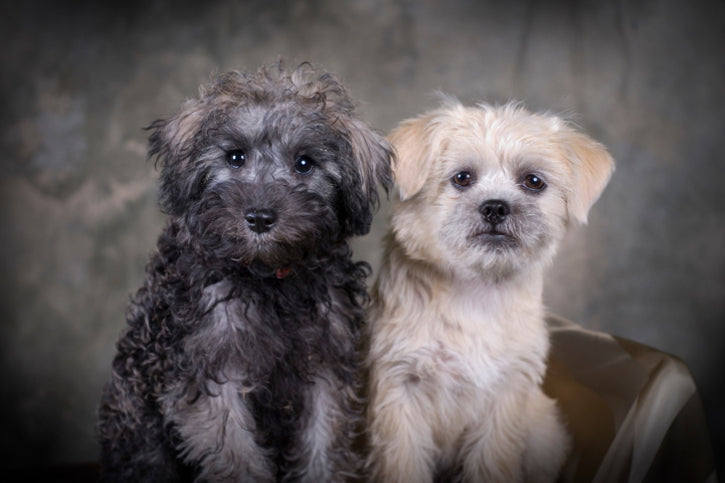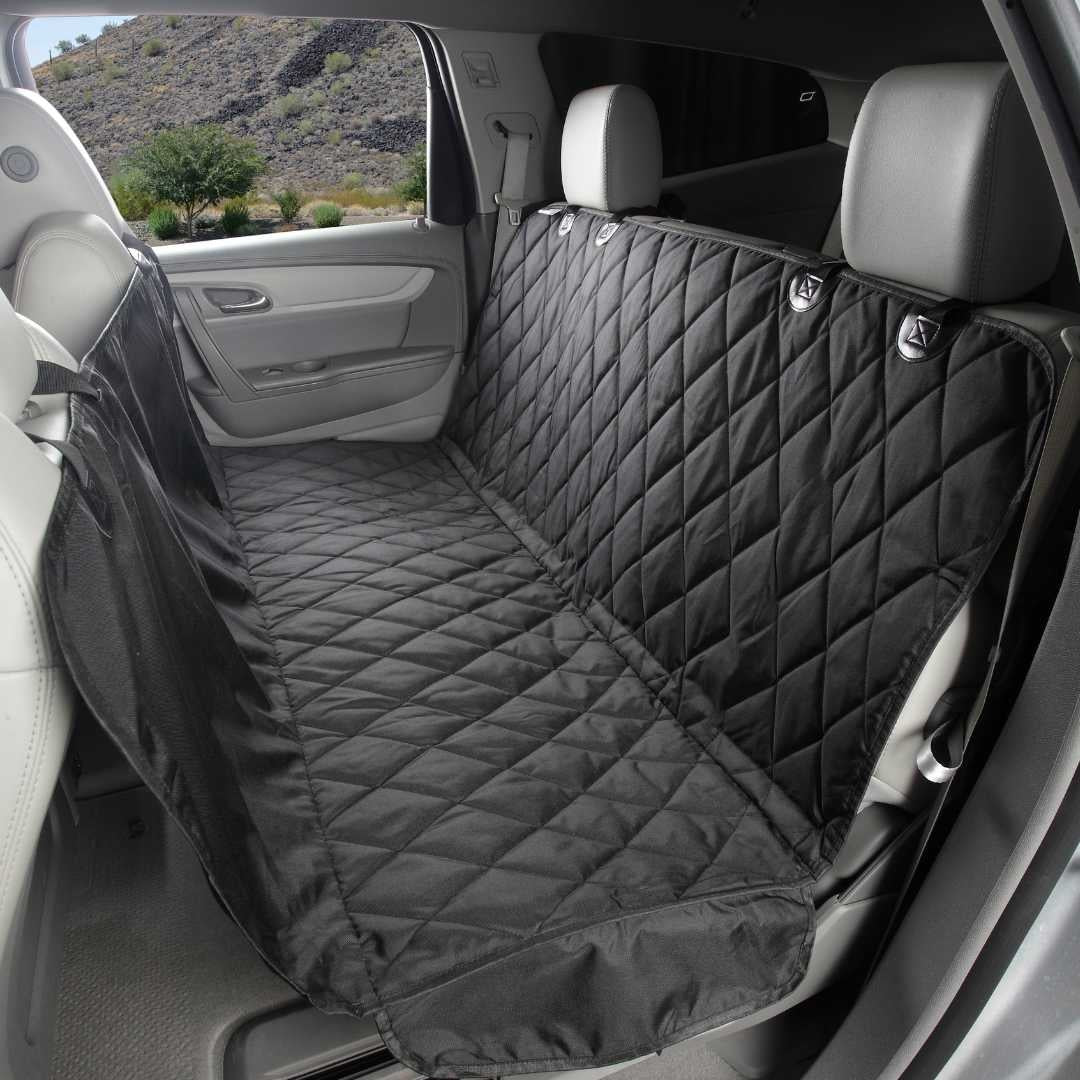When it comes to canine behavior there are no absolutes. While certain qualities are often associated with particular breeds, the truth is that ultimately behavior is breed independent — well, sort of.
As an example, in general Labs love the water. But I guarantee you that I can show you Labs that are terrified of water. In the end, behavior is not determined solely by breed, even though breed does play a role. It’s the classic nature versus nurture model where both genetics and environment combined determine behavior and either can override the other. That being said, we can generalize about certain breed characteristics even though there are always exceptions.
Although I like all dogs, when it comes to owning a dog, I have very specific preferences:
- I prefer mixed breed dogs to purebreds.
- I prefer short haired or non-shedding breeds.
- I generally like medium to large breed dogs over small dogs.
- I tend to prefer dogs that seek out human interaction.
I can think of only one dog that satisfies all of these likes — a Schnoodle (see photo at right)!
Mixed breed versus Purebred
Many breeders may take offense to this statement, but mixed breed dogs are generally happier, healthier, more well-adjusted dogs than purebreds. There is a lot to be said for genetics and genetic diversity!
Genes tend to take the best qualities of both parents (when there is enough genetic variety to do so). When we breed for specific characteristics such as looks, disposition or behavior, it’s always at the expense of something else — and that something else is often health! You never get something for nothing! This is why German Shepherds are prone to hip dysplasia, Labs get cataracts, Pitbulls suffer from skin lesions, the list goes on and on.
Nonshedding
Shorthair or nonshedding dogs are simply lower maintenance than dogs with long hair. A good friend of mine has a Golden Retriever and my friend’s house and the seats in his car are completely covered with dog hair the day after he cleans them!
Large versus Small
I often relate to medium to large dogs better than I do small dogs. I like all dogs. It’s just that I feel a real connection with larger dogs more often than I do with small dogs – medium to large breed dogs are more likely to have the temperament or energy that I prefer. It’s not breed or dog size that determines temperament, but dog disposition can be reflected in these characteristics.
Independence
Some dog breeds — Welsh Terriers, Airedales, Basenjis, Huskies, Shiba Inus are a few examples – are quite commonly thought of as independent. These dogs can be fiercely independent, even to the point that they seem to not really care if a person gives them attention or not. Some people describe this as the dog being aloof and like it. I tend to prefer a dogs that enjoy and seek out human companionship. Golden Retrievers, Labs, Bassett Hounds typically, although not always, exhibit this behavior.
So, back to the Schnoodle!
A first generation Schnoodle is medium to large in size, guaranteed to be non-shedding, is likely to crave attention from people, and is truly a mixed breed dog! Doodle’s such as Labradoodles, Golden Doodles, Aussie Doodles, and Bernedoodles, are often non-shedding, but not guaranteed to be until the fifth or sixth generation. By then you have a purebred dog and not a mixed breed. Of course there are plenty of small breed dogs that are also guaranteed to be nonshedding, but I prefer medium to large breed dogs. While Poodles and Schnauzers both are fairly independent breeds, they are not normally fiercely independent to the point that they don’t interact with people. So there you have it! If I were going to get a dog, there is only one dog for me — well, on paper anyway. Fortunately I don’t choose my dogs on paper!
 Jaimie Scott
Jaimie Scott
Jaimie Scott has been professionally training dogs and their owners in Northern California for the past 9 years. Jaimie is self-taught and has developed and demonstrated effective techniques that enable dogs and owners to improve and enjoy their relationships. Jaimie has the unique ability to look at a situation from a dog’s as well as a human’s perspective to analyze and modify factors that contribute to a dog’s undesirable behavior. Once these dynamics are made clear to the owner, Jaimie determines what needs to be done to change the behavior. Jaimie loves helping dogs and coaching owners to work together to improve the quality of their lives. He is happy to be living his life career dream and can’t imagine anything that would bring him more joy. For more information and additional blog articles visit Jaimie’s website at http://www.jscottdogtraining.com/.




 Jaimie Scott
Jaimie Scott


